The Role of Actors Under the New SAG-AFTRA Agreement
The SAG-AFTRA strike is officially over! After an unprecedented 118 days, the longest strike in the history of the union, the studios and union finally agreed on a new CBA and we can all get back to work creating tv and movies again. But what does the new regime look like and, more importantly, how does this impact actors going forward?
Below are 2 big takeaways:
First, while SAG-AFTRA secured substantial pay increases across the board for its working actors in this new CBA, it will most definitely result in fewer productions. With revenue at short supply (at least partly due to a staggering decrease in advertising efficacy), and labor costs now significantly increased, the studios and streamers will have no choice but to produce less content. That will mean less productions, and less working actors. It is now even more essential for these creatives to find alternative revenue streams to monetize their creativity. Content is still king no matter what the current industry conditions so the actor’s primary mission continues to be generating authentic expression that can ultimately be converted into content and strategically distributed in new forms of storytelling, at least some of which can be monetized by the current Industry ecosystem. However, with traditional studio production and distribution now likely to be reduced, tomorrow’s successful artists can’t wait for the industry to hand them work, but instead will need to build an immersive world of their own creativity to provide multiple ways for the audience to consume their authentic messaging directly. There are currently plenty of ways to distribute content directly to an audience, but many creatives don’t fully understand them nor are they thinking in terms of being a fully integrated content provider. In order to adapt to the new landscape created by this new CBA, actors must learn to (1) generate unlimited authentic creative expression, (2) convert that expression into content, (3) distribute that content into strategic distribution platforms as part of a holistic messaging strategy to build and engage your audience and (4) identify and create monetization opportunities. The key to being able to generate unlimited authentic content lies in understanding where the human ends and where the brand begins. That bright line is critical in understanding that a life of creativity means creating all the time – but that only some of that creativity belongs in commerce.
The good news is that there will likely be a glut of talent looking for work, and when that happens, it becomes rich fertile ground for competition for new distribution platforms. How and when these competitive distribution platforms will come is yet to be determined, but until that happens, creatives should be focusing on developing their own fully integrated storytelling universes and proactively distributing and marketing their own creativity.
Second, AI is here to stay. While this agreement has essentially kicked the can down the road for 3 years, the most critical issue facing creatives today is how to differentiate human creativity from AI-generated creativity. In essence, what does it mean to be human? This existential issue has been addressed by essentially every single dystopian story ever written, but now it becomes critical that we’re able to identify and develop human creativity. The traditional entertainment industry is driven almost exclusively by profit (as it should be since it’s an “Industry”), so cutting costs is going to happen. With the significant increase in labor costs now codified by the new CBA, the studios are going to happily utilize alternative forms of storytelling, particularly when it’s cheap, good and fast, as AI is expected to be. You’re already seeing a shift movies that make it into movie theatres towards big sensory experiences – Star Wars, MCU and other superhero movies, Mission Impossible, Oppenheimer, and Barbie come to mind – and I expect this trend to continue. But the last 5 years of television content and social media content has proven that humans very much crave and need authentic human storytelling as well. Brands will be quick to tell you that only “authentic content” resonates with a human’s audience. Audiences need to feel connected to the human creatives they relate to, and authentic expression from that creative has the power to build cultural moments and movements, and when that happens, audiences tend to consume that message and join that cultural moment through commerce. But it is the human connection between the Creative and the audience that drives the cultural movement, and the commercial transaction is the secondary effect of that connection. This demand for human connection through storytelling will only increase given the rise i of AI on a commercial level, and I believe that we should be moving towards a creative model that is led by authentic human expression rather than by the transaction. The good news is that never before in the history of humankind have individual creatives had the tools at their disposal to create professional quality, human, authentic and deeply personal storytelling and distribute it globally, on a one-on-one basis, with 100% creative control, for FREE (at least theoretically) that we have today in the form of digital distribution. We have not yet begun to tap the power of this new model, but with the AI protections in place in this CBA for only 3 years, we had better get busy in figuring it out. It’s very possible that Humanity hangs in the balance.
